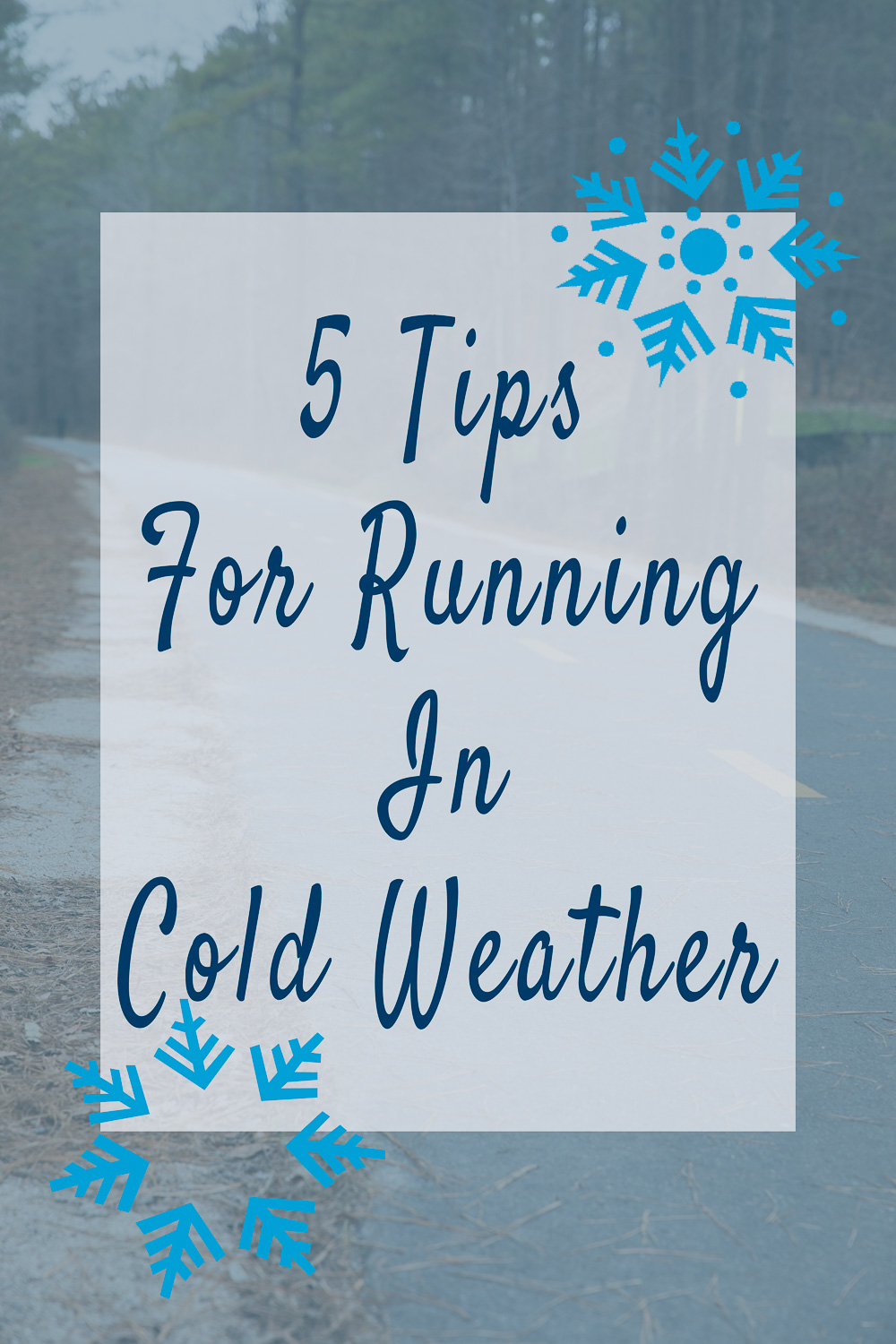Reduce the Burn When You Run in Cold Weather With These 5 Tips
Polar vortex makes every runner rethink their outdoor runs, but you can beat the cold with these tips!
*Required disclosure: this post includes affiliate links. If you make a purchase using one of my links I get a small (at no cost to you!) commission. I promise to only link products that I'd recommend and use myself. I strongly encourage you to first consider shopping small and locally, even if it means I don't get the referral commission. Otherwise I really appreciate your support.
The temperature has been dropping to sub-freezing conditions as the polar vortex looms, ready to shift south a bit to make things really uncomfortable for us runners. It always takes a huge effort for me to run when it gets cold. And I'm not talking 45℉ chilly, but legitimately cold for Durham, North Carolina (think 30℉ or so). As a Southerner born and bred I can't fathom how people up North do it - how do you run in 30℉ weather for months at a time - or worse, how do you run when it's 8℉ or 2℉ or even into the negatives?!
Not my photo. Adobe Stock. Because let's face it: running in Durham in winter is never this snowy and pretty. ::sigh::
Between the cold weather and the holidays it's easy to take a hiatus from running, but after a week where I only went on one short run I felt like I would go stir crazy with cabin fever. At some point the question shifted from "How on Earth do you run in the cold?!" to "How on Earth do I survive another day without a run?!"
“At some point the question shifted from “How on Earth do you run in the cold?!” to “How on Earth do I survive another day without a run?!””
That shift is when you become willing to run in sub-freezing temps: when you are so desperate for a run that you're willing to face the bitterness outside.
No snow here, but it's been gosh-darned cold the past few days. Cue the 50 shades of brown.
Of course, once I decide to run in sub-freezing conditions I commit fully, donning Antarctic-expedition quality athletic gear (I'm only being slightly facetious here). But how do you protect your lungs? The hardest adaptation to running in the cold is getting my lungs to adapt. Nasal chambers are designed to move air through passages to add heat and moisture to inhaled air so it's easier on the lungs, but when it's bitterly cold and the air is dry and you're a notorious mouth-breather when you run, how do you adapt besides just getting out there and running until your body gets used to it?
American Tobacco Trail in winter.
1. Stay hydrated.
One way to make it easier to run in the cold is to stay hydrated, since cells lining your respiratory system lose their moisture as they warm up and humidify the air before it passes to your lungs. Cells get irritated once they lose their moisture and can hurt or burn. Staying hydrated mitigates this problem.
2. Breathe through your nose.
Breathing through the nose makes it easier for your body to warm up and humidify the air you breathe. Sinuses and nasal passages in the nose provide a longer passageway than just breathing through the mouth and into the trachea, and that extra surface area means a more efficient process for warming and humidifying the air.
3. Take it easy.
Run easy, and don't stress about pace. Remember that you're already accomplishing something by getting out there and doing something - that's better than losing fitness, so take some time to enjoy the run.
4. Be aware of exercise-induced asthma.
Sometimes the burning in the lungs can be rather extreme as a result of constricted airways. This may be exercise-induced asthma, which you can alleviate by letting up your effort or seeing a doctor and using an inhaler.
5. Try covering your face.
I am not a fan of this, but several people like some sort of face covering to help. On backpacking trips I've tried wrapping my face with a Buff* but you can try a scarf or a balaclava. This can help prevent moisture loss through exhaled air, but all the air warming is still done in your respiratory tract.
The good news is, in my experience once I'm adapted to running in the cold, it's easier to run. Yes, it's hard to adapt sometimes, but just like so much of running everything gets easier the more you get out there and do it.
Seriously though, if you figure out an easier answer to adapting to cold running, please let me know! And until then, I'll see you out there.

